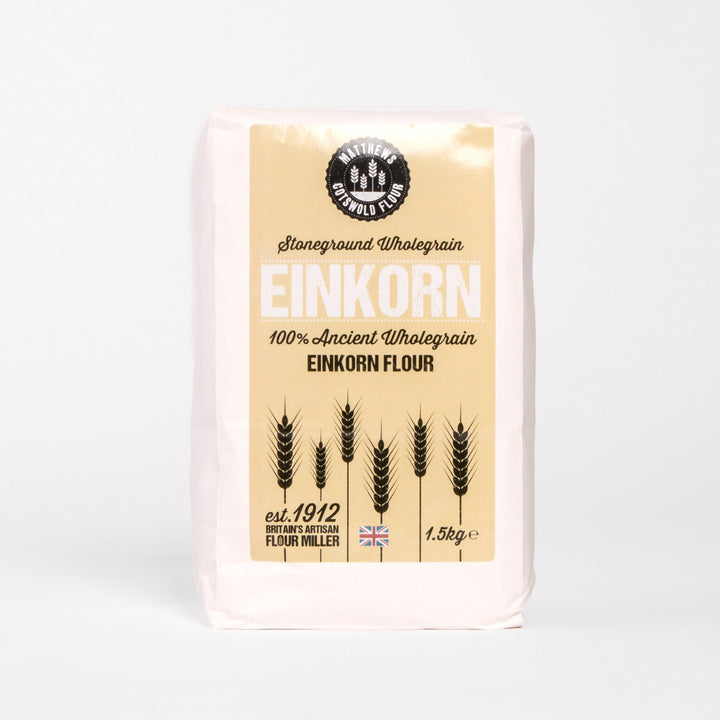10 Myths about spelt flour debunked!


Spelt flour is one of the most commonly used flour types in households. While spelt flour is widely used, many home bakers still have questions or misconceptions about spelt flour. We’re here today to debunk 10 myths about spelt flour! Check them out!
1. Spelt flour has fat
There is nearly no fat in spelt flour. A single serving contains less than a gram of fat.
2. Spelt is high in protein
Spelt flour isn’t high in protein but a single serving does increase your protein intake slightly. There are 5 grams of protein per 32g cup serving of protein flour or roughly 3 grams of protein in a slice of bread made from spelt flour.
3. Spelt doesn’t have vitamins
Spelt is an excellent source of calcium, magnesium, selenium, zinc, iron, and manganese. It has also vitamin E and B-complex vitamins, especially niacin.
4. Spelt doesn’t offer fiber
Spelt is full of fiber, an essential element for developing a healthy digestive system. By consuming fiber-rich foods, you can reduce the absorption of sugars because fiber can help you feel full longer.
5. Spelt doesn’t help with weight management
As mentioned above, high-fiber food can play an important role in helping a person achieve or maintain a healthy weight because high-fiber food keeps people feeling fuller for longer. By consuming spelt, which is high in fiber content, you can feel full for a longer period of time which helps you maintain a healthy body weight. For example, by increasing fiber intake to 30 grams per day, you can see visible improvement in weight loss.
6. Spelt doesn’t improve the risk of a heart health
A diet rich in whole grains such as spelt flour has been linked to better cardiovascular health. A previous study has found that people who ate more whole grains such as spelt had a lower risk of heart attacks. Another meta-analysis also showed that higher whole grain consumption was associated with lower risk of heart disease.
7. Spelt doesn’t improves gut microbiome
The fiber and other compounds in whole grains such as spelt flour can improve the health of the bacteria in our digestive systems. This improvement helps reduce inflammation in the body and the digestive health.
8. Spelt doesn’t help regulate blood sugar
Research has shown that people who eat whole grains such as spelt compared to refined grains have a lower risk of diabetes. One study on spelt, in particular, suggested that both the fiber and antioxidants in spelt contribute to this effect.
9. Spelt is low in carbs
Whole spelt is high in carbs and fiber, and its effects on blood sugar are similar to wheat. However, refined spelt is low in fiber and can cause a big spike in blood sugar. There are roughly 22 grams of carbohydrates in 1/4 cup of spelt flour.
10. Spelt is gluten-free
While there’s a number of health benefits of consuming whole grains such as spelt, spelt may lead to adverse effects for some people. These people include those who are gluten intolerant or have irritable bowel syndrome.
For people who are intolerant to gluten, such as people with celiac disease or non-celiac gluten sensitivity, gluten will trigger an autoimmune reaction, which causes inflammation in the small intestine.
People with non-celiac gluten sensitivity may experience a negative effect when they eat gluten, usually in the form of digestive problems.
In addition, people who have a wheat allergy may also be sensitive to spelt. Wheat allergy occurs when there is an immune response to the proteins in wheat.
← Older Post Newer Post →

















